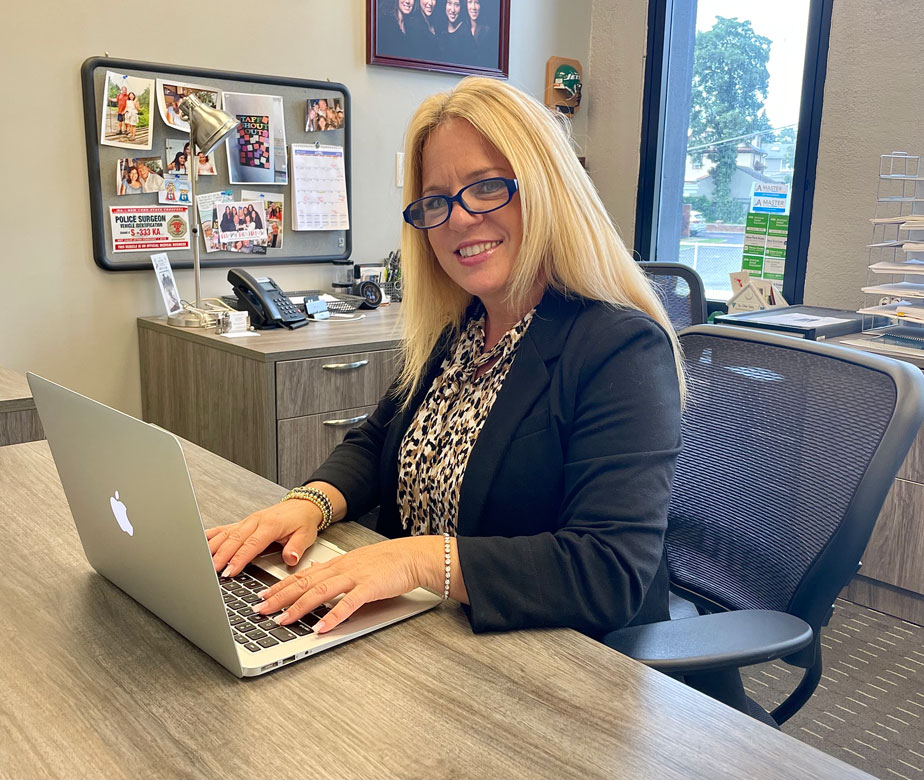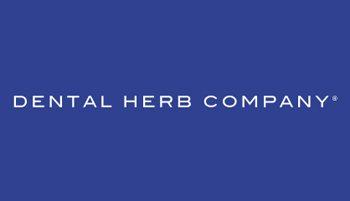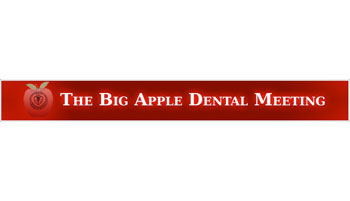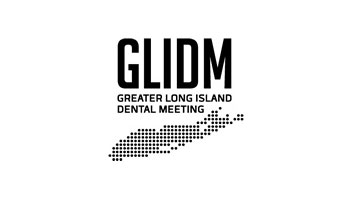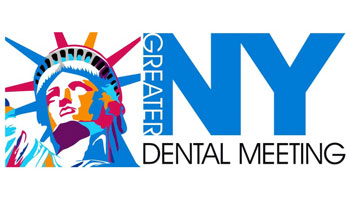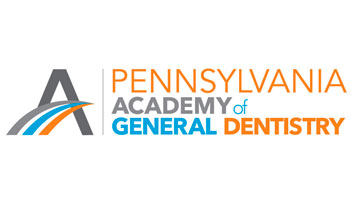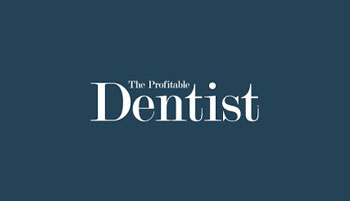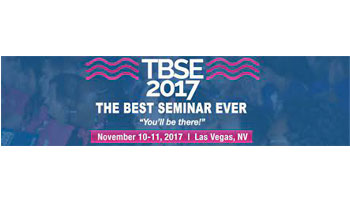
THINK OF THE TIME YOU CAN SAVE – FEBRUARY 2022
We know that the month of January was a difficult month for many of you in keeping schedules filled due to team members and many patients coming in contact with Omicron. We hope that you, your families, and your teams, and their families, are well.
We look forward to working this year on helping all of our doctors and teams become more efficient in the delivery of the highest standard of care. We use analytics, and rely heavily on using Dental Intelligence, for actionable data about systems. But we know there are also many things that can be done to improve care, raise production, decrease stress and make dentistry more fun by maintaining a keen awareness of time. This issue of our newsletter is going to focus on making you “Think Of The Time You Can Save.
|
I had the distinct pleasure during High School to participate in musical theatre. My favorite show that I participated in was Pajama Game. I played the part of Hines, an efficiency expert in the Sleep-Tite pajama factory. As the curtain opened for the show I was running around the production floor of the pajama factory and singing a song entitled “Think of the Time I save”:
“I’m a time study man, and a time study man can’t waste time.
For a time study man to waste time, is a crime.
So I’m ruled by the tick tick-tock.
And I live my life by the clock.
I live my life by the tick tick-tock of the clock.”
Each verse of the song offered a way to save time…not undressing when you go to sleep (“I will admit that the suit gets mussed and it gathers lint and it picks up dust, but think of the time I save.”), shaving in bed (“The lather drips and the bed gets wet and oh what a lousy shave I get, But think of the time I save.”), combining ingredients for breakfast in a single bowl (“I grab a bowl. And in the bowl I drop an egg, and add some juice. A poor excuse for what I crave. And then I add some oatmeal too and it comes out tasting just like glue, But think of the time I save.”).
The time saved by working more efficiently in the factory eventually was leveraged to substantiate giving each employee a 71/2 cent raise.
|
|
In coaching dental practices to be more efficient, I am still a time-study man. I teach practices that the second greatest cost to practices, aside from team compensation, is lost production time, so that raising perceived value is a way of keeping the schedule full and preventing the disappointment of broken appointments. We recommend tracking open schedule time and relating it to hourly production of each provider to determine lost opportunity each month.
We try to minimize team “down-time” by creating comprehensive lists of down-time tasks to do that help to fill the schedule and build improved organizational systems. These task lists prevent the time that often gets wasted by team not having clarity on what to do when they are not involved in patient care.
We try to streamline time-wasting processes. When we see a doctor taking much too long time performing a crown prep, temp and impression or scan, we ask the assistant to time procedures for the doctor, and, even, each component of the process ( prep, temp, scan or impression) to see where there is an inordinate amount of time be used or wasted. Just the act of timing often creates awareness and it speeds up the process. We’ve seen numerous doctors cut their time for various procedures in half without adding any stress or pressure. This results in a tremendous increase in production and patient satisfaction.
A major part of our program teaches how to streamline hygiene checks of recall patients. This is by far one of the greatest sources of inefficiency and falling behind in the schedule in most practices. It begins with doctors not responding to requests for a check from the hygienist in a timely manner. In order to prevent this, the hygienist should signal the doctor to come in for their check as soon as the diagnostics (exam, Oral Cancer screening, X-rays, intra-oral photos and perio charting) have been completed, and not wait until they are finished because that may not be a convenient time for the doctor. Enabling the doctor to come in when they are free will prevent having to wait long times for doctor checks.
|
 |
|
The other area that seems to waste office time is not having a system for timely and efficient hygiene checks. We teach that the hygiene check should take no more than 3-5 minutes…tops. All too often we see these checks taking 15 or 20 minutes, or more. And if there are multiple hygienists to check, this creates a disaster in the schedule. This is why we teach block scheduling for multiple hygienists so that one hygienist is always doing perio or other non-exam requiring procedures.
When hygiene checks take 20 minutes or more, this inevitably puts the hygienist way behind in their schedule and the doctor’s patients get annoyed wondering “Where the hell in the doctor? I have to get back to my office.” We know it is because the doctor is trying to “sell” the patient some treatment. There is a far better system to accomplish this without adversely affecting the schedule.
The successful efficiency of the hygiene check is also one of the most sure ways to build a practice because in less time it is possible for a trained hygienist to recognize and promote opportunities for a doctor to ultimately recommend and gain acceptance of far more restorative dentistry. But this requires a system of consistent diagnostic criteria, strong verbal skills and a system for overcoming inevitable patient objections to treatment. I strongly recommend that doctors and their teams reach out to us to enable us to help them implement these systems. They are the basis of our client practices increasing $300,000 or more in their first year working with us.
|
